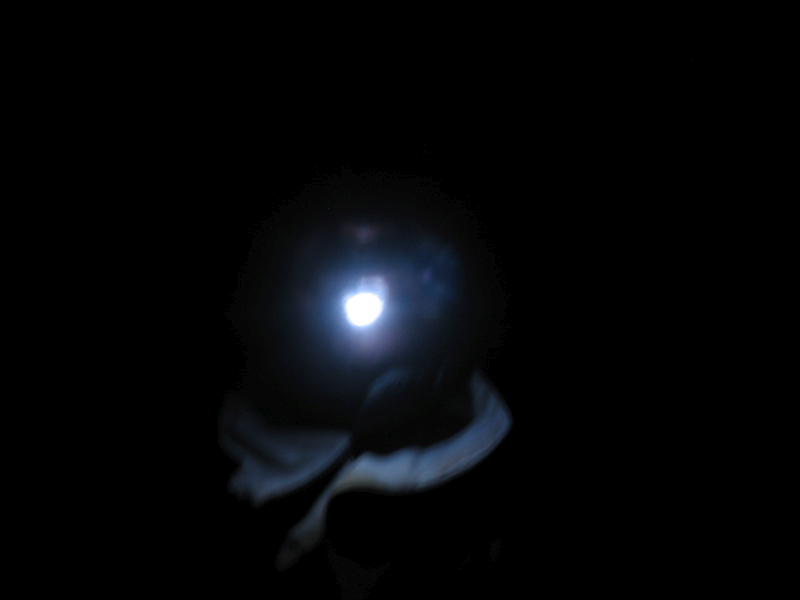
So here’s the spooky story, continued. It was supposed to be just a walk. In fact, I had joked with friends about the North American habit of calling an English “walk” a “hike”. But we were both wrong. It was more than a walk. And it was quite a hike. I created a set of photos on Flickr, and...
 Tell me Mercury isn’t checking his cellphone to see whether anyone has sent him an SMS? One of the great things about Washington DC is just how much free art is available. (I think I’ve blogged about this before, but I’m blowed if I can find the post.) Anyway, that means one can pop in and out of g...
Tell me Mercury isn’t checking his cellphone to see whether anyone has sent him an SMS? One of the great things about Washington DC is just how much free art is available. (I think I’ve blogged about this before, but I’m blowed if I can find the post.) Anyway, that means one can pop in and out of g...